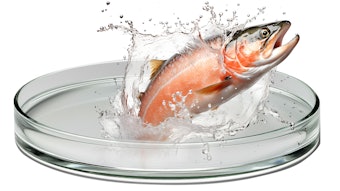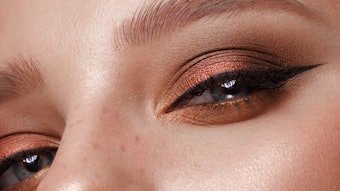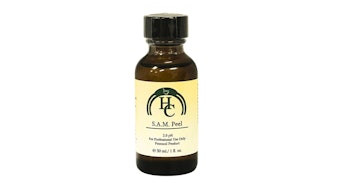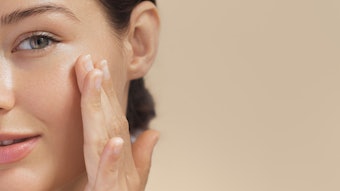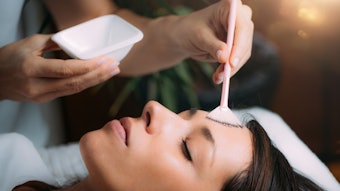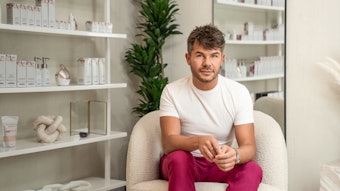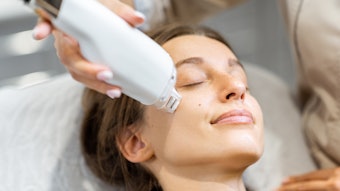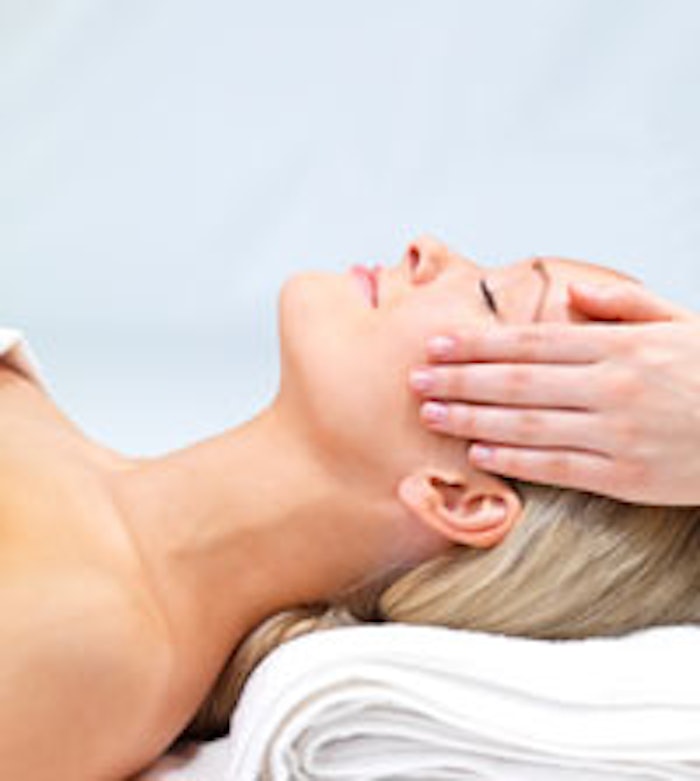
The term “chemical peel” may sound intimidating to some of your clients who are used to coming to you for traditional facials. They may wonder, “What is the chemical that’s being used?” and “What exactly is it peeling?” As an esthetic professional, this is a great opportunity for you to educate your clients about a procedure that can tackle a number of skin concerns and provide glowing, radiant skin.
There are several different types of chemical peels that address skin concerns, such as fine lines, wrinkles, sun spots, dry skin, acne and other blemishes. Chemical peels remove dead skin cells in order to allow newer skin to regenerate itself. Essentially, it is a form of exfoliation. This article will take a look at the most popular light and medium peels, and how to best explain them to your clients.
Types of chemical peels
Alpha hydroxy acids (AHAs). AHAs are a group of mild organic acids most often derived from fruit, sugar cane and milk. AHA peels promote increased epidermal sloughing and are best for clients who want to improve skin tone and reduce the appearance of fine lines, acne scars and other dark marks. The most common AHAs are glycolic, lactic, tartaric and malic acids. In addition, there are many hybrid AHAs that have emerged in the esthetic marketplace. These acids exfoliate dead skin cells to reveal a fresher, brighter, younger-looking complexion. Often called a “lunchtime” peel," AHAs are popular because they cause only minimal irritation and require no downtime.
Beta hydroxy acid (BHA). BHA (also known as salicylic acid) treats the same skin conditions as AHAs; however, it penetrates the epidermis more deeply than AHA peels. Salicylic acid is found in wintergreen leaves and birch bark, and it has been used for decades to treat conditions, such as acne, warts and psoriasis. BHA peels are considered anti-inflammatory and antimicrobial. These peels work well with sensitive, oily and acne-prone skin. It is important to note that because salicylic acid has properties similar to aspirin, it should not be used on clients with aspirin allergies.
Jessner’s. Stronger than BHAs, the Jessner’s peel is also good for treating oily skin, acne and fine lines. Still considered a light peel (unless multiple coats are applied, in which case it is a deep peel), Jessner’s often combines salicylic acid, resorcinol and lactic acid in an ethanol solution--depending on the manufacturer. This peel removes dead skin throughout a period of six to 10 days. This treatment works especially well for clients with pigment irregularities, including melasma.
Trichloroacetic acid.TCA is a standard agent in medium-level chemicals peels. As TCA is a deeper peel than Jessner’s, it must be performed under a physician’s supervision unless the peel is less than 10% TCA. This peel works to coagulate skin protein in order to treat skin imperfections, discoloration, fine lines and wrinkles. This peel needs to be used with caution when treating darker skin tones, because there is a risk of the peel causing hyperpigmentation.
Explaining the process to clients
The word “chemical” can often evoke negative connotations, so it’s up to you to ease your clients fears and explain how the chemicals used in chemical peels jumpstart the skin’s natural process of rejuvenation. Let your clients know that chemical peels have been helping people get beautiful skin since the times of ancient Egypt and Rome! Ancient Egyptian women used sour milk (a source of lactic acid) to rejuvenate skin, while women in ancient Rome exfoliated with grape skins (a source of tartaric acid). In addition to giving clients background information on the procedure, empower them to get the best results possible by providing detailed pre- and post-care instructions to reduce the chances of irritation. Also, be sure to let your clients know that most light-to-medium peels typically require at least six treatments over a three-month period to see optimal results.
Want to learn more?
In addition to cosmetic laser education, National Laser Institute provides custom advanced chemical peel training. The one-day course gives students a comprehensive understanding of the most-requested peels, including peels to treat acne, wrinkles, age spots and more. Students will also learn client preparation, pre- and post-care instructions, peel contraindications and safety protocols. To learn more about this course, visit www.nlionline.com or call 1-800-982-6817.
Disclaimer:
The above paid-for content was produced by and posted on behalf of the Sponsor. Content provided is generated solely by the Sponsor or its affiliates, and it is the Sponsor’s responsibility for the accuracy, completeness and validity of all information included. Skin Inc. takes steps to ensure that you will not confuse sponsored content with content produced by Skin Inc. and governed by its editorial policy.
